As a devoted dog owner, you've likely heard that regular brushing is important for your furry friend. But have you ever wondered why it's so crucial, how often you should be doing it, or what techniques work best? This comprehensive guide will delve into the world of canine coat care, exploring the myriad benefits of brushing, the best practices for different coat types, and how this simple act of grooming can significantly impact your dog's overall health and well-being.
The Importance of Regular Brushing
Brushing your dog's coat is more than just a cosmetic routine; it's a fundamental aspect of their health care. Let's explore the many reasons why this grooming practice is so essential.
1. Promotes a Healthy Coat and Skin
Regular brushing helps distribute natural oils throughout your dog's coat, promoting a healthy, shiny appearance. These oils are produced by the skin and play a crucial role in maintaining coat health and protecting against environmental factors.
2. Removes Dead Hair and Prevents Matting
Brushing removes loose and dead hair from your dog's coat before it can fall onto your furniture or floors. For long-haired breeds, it's particularly important in preventing painful mats and tangles that can lead to skin irritation and even infection.
3. Stimulates Blood Circulation
The act of brushing stimulates blood flow to the skin's surface, which can promote better skin health and even encourage new hair growth.
4. Allows for Early Detection of Skin Issues
Regular grooming sessions provide an opportunity to check for any abnormalities on your dog's skin, such as lumps, bumps, ticks, or areas of irritation. Early detection of these issues can lead to prompt treatment and better outcomes.
5. Reduces Shedding
While brushing doesn't stop shedding entirely, it does help to control it by removing loose hair before it falls out on its own.
6. Strengthens the Human-Animal Bond
The physical contact and attention involved in brushing can be a bonding experience for you and your pet, reinforcing your relationship and potentially reducing stress for both of you.
When to Brush: Establishing a Grooming Schedule
The frequency of brushing depends largely on your dog's coat type, lifestyle, and overall health. Here's a general guide:
Short-Haired Breeds
Dogs with short, smooth coats (like Beagles or Boxers) typically require less frequent brushing. Aim for:
- 1-2 times per week during normal periods
- Daily during heavy shedding seasons (usually spring and fall)
Medium to Long-Haired Breeds
Dogs with longer coats or undercoats (such as Golden Retrievers or Collies) need more frequent attention:
- 2-3 times per week for general maintenance
- Daily during shedding seasons or if your dog spends a lot of time outdoors
Curly or Wool-Coated Breeds
Breeds with curly or wool-like coats (Poodles, Bichon Frises) require the most frequent brushing:
- Daily or every other day to prevent matting
- Professional grooming every 4-8 weeks is often recommended
Special Considerations
- Increase brushing frequency during seasonal changes when shedding is heavier
- Brush more often if your dog has skin conditions or allergies
- After outdoor adventures, brush to remove any debris or potential irritants
Remember, these are general guidelines. Observe your dog's coat condition and adjust your brushing schedule as needed.
How to Brush: Techniques for Different Coat Types
Effective brushing isn't just about frequency; using the right tools and techniques for your dog's specific coat type is crucial.
Tools of the Trade
Before we dive into techniques, let's review some essential grooming tools:
- Slicker Brush: Ideal for removing tangles in medium to long-haired dogs
- Bristle Brush: Great for short-haired breeds and finishing touches
- Undercoat Rake: Essential for double-coated breeds to remove loose undercoat
- Pin Brush: Useful for long-haired dogs and detangling
- Grooming Gloves: Good for short-haired dogs and those who dislike traditional brushes
- Dematting Tool: For tackling stubborn mats and tangles
Brushing Short-Haired Dogs
For breeds with short, smooth coats:
- Start with a rubber grooming mitt or grooming glove to loosen dead hair
- Follow with a bristle brush, using short, gentle strokes in the direction of hair growth
- Pay extra attention to areas prone to matting, like behind the ears and under the legs
Brushing Medium to Long-Haired Dogs
For dogs with longer coats:
- Begin with a slicker brush to remove any tangles or mats
- Use a pin brush to work through the coat, section by section
- Finish with a bristle brush for a smooth, shiny appearance
- Don't forget to brush the tail and the feathering on the legs
Brushing Double-Coated Breeds
For breeds with thick undercoats:
- Start with an undercoat rake to remove loose undercoat fur
- Follow with a slicker brush to remove any remaining tangles
- Use a pin brush to work through the outer coat
- Finish with a bristle brush for a polished look
Brushing Curly or Wool-Coated Dogs
For breeds with curly or wool-like coats:
- Use a slicker brush or wide-toothed comb to gently work through tangles
- Be extra gentle to avoid breaking the delicate curls
- Consider using a detangling spray to make the process easier
- Regular professional grooming is often necessary for these coat types
The Art of Dematting
Despite your best efforts, mats can sometimes form, especially in long-haired or curly-coated breeds. Here's how to tackle them:
- Locate the mat and gently separate it from the surrounding fur
- Apply a detangling spray or a small amount of cornstarch to the mat
- Use your fingers or a dematting tool to gently work through the mat, starting from the outer edges
- If the mat is too tight or close to the skin, consider seeking professional help to avoid injuring your dog
Remember, prevention is always better than cure when it comes to mats. Regular brushing is the best way to prevent their formation.
Brushing Sensitive Areas
Some areas of your dog's body require extra care and attention during brushing:
Face
- Use a soft bristle brush or grooming mitt
- Be extremely gentle around the eyes and ears
- Consider using a damp cloth for cleaning around the mouth and eyes
Ears
- Check for any signs of infection or irritation
- Gently brush the fur around the ears to prevent matting
- Never insert anything into the ear canal
Paws
- Carefully brush between the paw pads to remove any debris
- Trim any excess fur between the pads if necessary
- Check for any cuts or foreign objects while brushing
Tail
- Brush gently, especially if your dog has a feathered tail
- Pay attention to the base of the tail, where mats often form
Making Brushing a Positive Experience
For some dogs, brushing can be a stressful experience. Here are some tips to make it more enjoyable:
- Start Early: Introduce brushing when your dog is young, if possible
- Use Positive Reinforcement: Offer treats and praise during and after brushing
- Keep Sessions Short: Begin with brief sessions and gradually increase duration
- Choose the Right Time: Brush when your dog is calm, perhaps after exercise
- Be Gentle: Always use a light touch, especially when working out tangles
- Make it a Bonding Experience: Use this time to connect with your pet
Seasonal Considerations
Your dog's grooming needs may change with the seasons:
Spring and Fall
- Increase brushing frequency to manage heavier shedding
- Pay extra attention to removing the winter undercoat in spring
Summer
- Brush more often if your dog spends a lot of time outdoors
- Be vigilant about checking for ticks and fleas while brushing
Winter
- Brush regularly to prevent matting from winter gear (coats, sweaters)
- Pay attention to paw fur to prevent ice ball formation between pads
When to Seek Professional Help
While regular at-home brushing is essential, there are times when professional grooming might be necessary:
- If your dog's coat becomes severely matted
- For breeds requiring specialized grooming (e.g., Poodles, Bichon Frises)
- If you notice any skin abnormalities or persistent issues
- When your dog needs a significant hair trim or style
Professional groomers have the tools and expertise to handle more complex grooming needs and can offer valuable advice on maintaining your dog's coat between appointments.
Beyond Brushing: Comprehensive Coat Care
While brushing is a cornerstone of coat care, it's just one part of a comprehensive grooming routine. To ensure optimal coat and skin health:
Bathing
- Bathe your dog as needed, typically every 4-8 weeks for most breeds
- Use a dog-specific shampoo that's appropriate for your dog's coat and skin type
- Always brush before bathing to remove tangles and loose fur
Nutrition
- A balanced diet rich in essential fatty acids can promote a healthy coat
- Consider supplements like fish oil if recommended by your veterinarian
Parasite Prevention
- Regular use of flea and tick preventatives can help maintain coat health
- Check for signs of parasites during each brushing session
Hydration
- Ensure your dog always has access to fresh water
- Proper hydration contributes to healthy skin and coat
By incorporating these elements into your dog's care routine, along with regular brushing, you're setting the stage for optimal coat health and overall well-being.
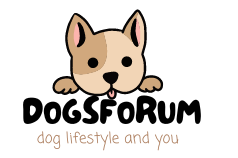

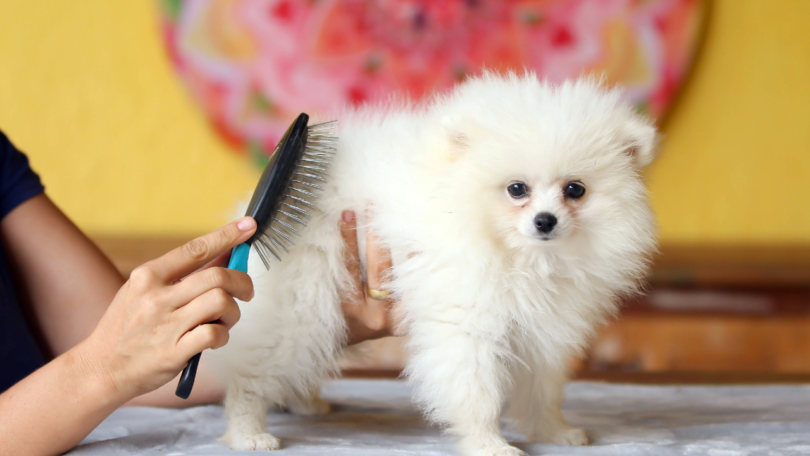
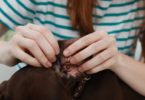
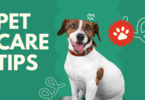

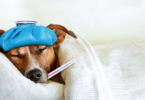
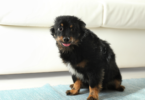
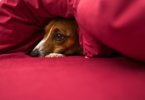


Leave a Comment